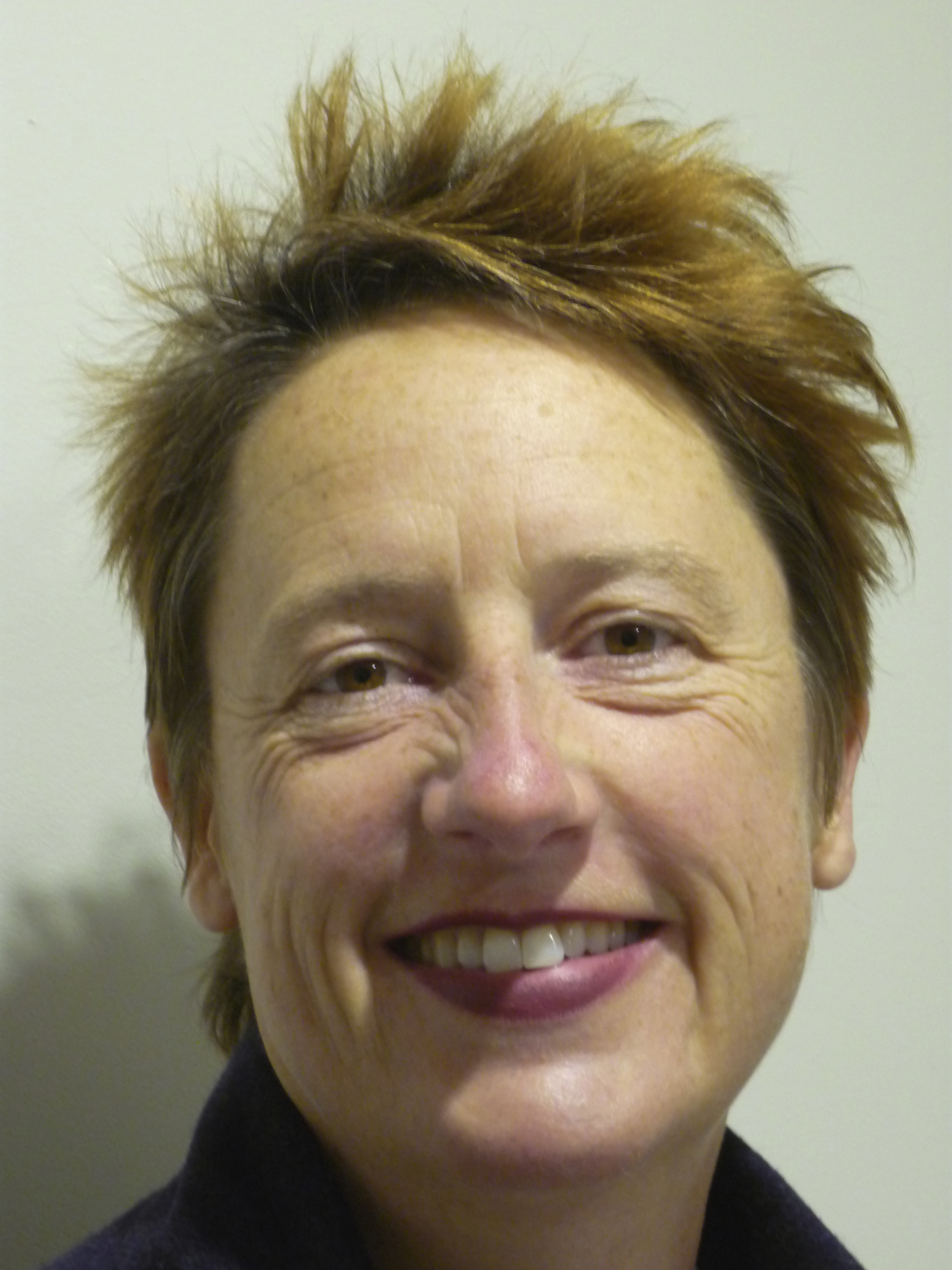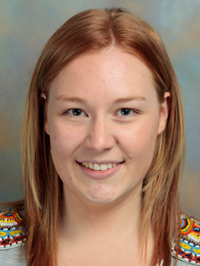Picture credit: IgorGolovniov / Shutterstock.com
Governments and armed groups are being pressured to ensure the safety of patients and health workers in conflict zones amid a spate of high-profile attacks that have left dozens dead and injured.
The World Medical Association, the International Committee of the Red Cross, the World Health Organisation and several other peak health groups have jointly called on national governments and non-state combatants to adhere to international laws regarding the neutrality of medical staff and health facilities, and ensuring this commitment is reflected in armed forces training and rules of engagement.
The call follows an admission by the US military that a deadly attack on a Medecins Sans Frontieres (MSF) hospital in Kunduz in which 30 people were killed – including 13 staff and 10 patients – was a tragic mistake.
“This was a tragic and avoidable accident caused primarily by human error,” the US’s top commander in Afghanistan, General John Campbell, said, adding that the error was “compounded by systems and procedural failures”.
Though the location of the MSF hospital was widely known, a series of technical and operational errors led the crew of the US gunship that launched the devastating attack to mistake the hospital for the headquarters of the Afghan security service, which had been briefly seized by the Taliban.
The strike co-ordinates for the security building took the aircraft to an open field, so the aircrew decided to launch the attack on the nearest building that matched the description they had been given, which turned out to be the MSF hospital. The aircrew, and the operational command in Kabul, did not check the co-ordinates of the planned target against a “no-strikes” list.
MSF International President Dr Joanne Liu said the incident showed the deadly consequences of any ambiguity about how international humanitarian law applied to medical work in war.
“We need a clear commitment that the act of providing medical care will never make us a target. We need to know whether the rules of law still apply,” Dr Liu said.
The Kunduz attack has added to the urgency for action to be taken to ensure the safety of medical staff and hospitals in combat zones.
The International Committee of the Red Cross (ICRC), through its Health Care in Danger project, recorded 2398 attacks on health workers, facilities and ambulances in just 11 countries between January 2012 and the end of last year.
Policy and Political Affairs Officer for the ICRC’s Australian mission, Natalya Wells, said such attacks were not new, and were virtually a daily occurrence.
Ms Wells often health workers were caught in the cross-fire, particularly as a result of indiscriminate attacks in urban areas.
But she said that on occasion they were also being deliberately targeted, underlining the need for all combatants to respect the Geneva Conventions.
Ms Wells said that through the Health Care in Danger project, the ICRC was working with governments, armed forces and non-state combatants to improve awareness of, and respect for, laws and conventions around the protection of patients, health workers and medical facilities, particularly in conflict zones.
As part of the effort, governments attending the 32nd International Conference of the Red Cross and Red Crescent between 8 and 10 December were expected to back a resolution reaffirming their commitment to international humanitarian law and a prohibition on attacks on the wounded and sick as well as health care workers, hospitals and ambulances.
In addition, Ms Wells said the ICRC had held meetings with 30 non-state combatant groups from four continents about international humanitarian law and the rules of armed conflict.
The discussions have included incorporating knowledge of these conventions into their training, backed by sanctions for any breaches.
Promisingly, Ms Wells said that so far “one or two” non-state armed groups, though not signatories to the Geneva Conventions, have discussed creating a similar code of conduct for their forces.
Adrian Rollins

 more_vert
more_vert


